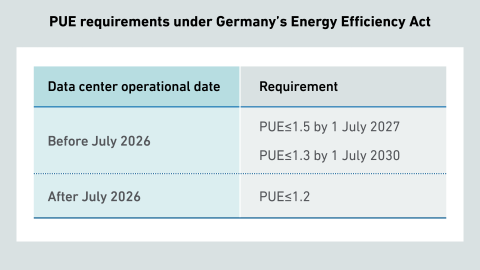Metered-by-outlet iPDUs present a relatively straightforward method of collecting server-level power consumption data. This information will be increasingly important to data center efficiency - making iPDUs a more popular choice.
filters
Explore All Topics
Hyperscalers use DC busbars in their racks. Proven at large scale, the technology saves energy and materials, but without a market for DC servers that meets the needs of smaller operators and enterprises, no one else will use it.
Goals for achieving net-zero emissions by 2030 are being extended, according to Uptime Institute survey data. This is likely driven by stricter reporting requirements, rising costs and limited availability of carbon-free energy.
The 14th edition of the Uptime Institute Global Data Center Survey highlights the experiences and strategies of vendors, product suppliers, engineering firms, and consultants in the areas of data center spending, customer challenges, supply chains,…
The reporting of IT equipment Scope 1 to 3 emissions across the data center value chain can account for the same emissions up to six times. Sustainability efforts should favor achieving more efficient, less carbon-intensive operations.
This report captures some findings from the Uptime Institute Sustainability and Climate Change Survey 2023, including that more than half of operators are still to set a net-zero emissions goal and less than half compile key metrics.
A lack of clarity surrounds the EED reporting timeline for data center operators. The directive mandates the public reporting of 14 items by May 15, 2024, but member states have yet to publish their reporting requirements.
Industry stakeholders recognize that to truly understand IT infrastructure efficiency, data center operators need to report a facility work per unit of energy metric. Most operators are, however, unprepared to calculate this metric.
The US Energy Information Administration has obtained an order requiring cryptocurrency mining operations to report their energy use. It is likely that traditional data centers will also be required to report energy consumption in 2024.
The EU Code of Conduct on Data Centre Energy Efficiency started out as a voluntary initiative but is increasingly being applied as a standard. This report describes the code's technical contents and assessment process.
There is more to managing server power than just conserving energy when the machine is idle. Another side to optimizing energy performance involves setting processor performance levels appropriate for the application.
Air-assisted direct liquid cooling systems offer trade-offs that make them attractive to operators looking to address server cooling and rack density challenges - and are relatively easy to install and maintain.
Without the active contribution from IT, data center infrastructure energy performance and sustainability will fall short of aspirations. Server power management features remain unexplored and underused by most efficiency initiatives.
Operators are missing opportunities to lower costs and energy use by not using utilization and power management data, an Uptime Intelligence survey on IT and power efficiency suggests.
Germany's Energy Efficiency Act makes a PUE of 1.2 mandatory for all new data centers starting in 2026. This has reignited a debate: can a data center be both highly available and highly efficient?
 Max Smolaks
Max Smolaks
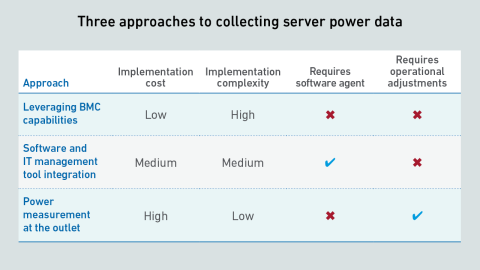
 Peter Judge
Peter Judge
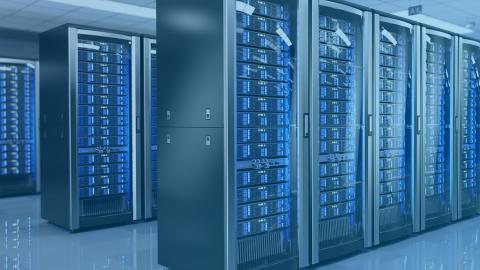
 Douglas Donnellan
Douglas Donnellan

 Anthony Sbarra
Anthony Sbarra
 Laurie Williams
Laurie Williams
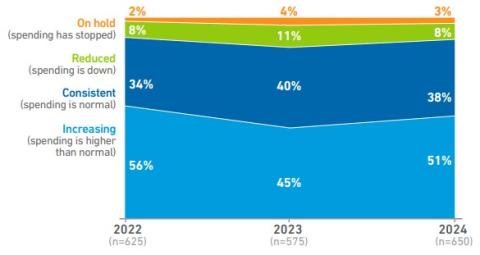
 Jay Dietrich
Jay Dietrich
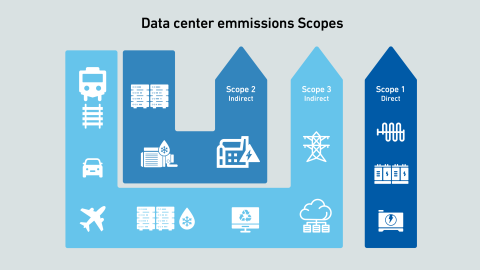
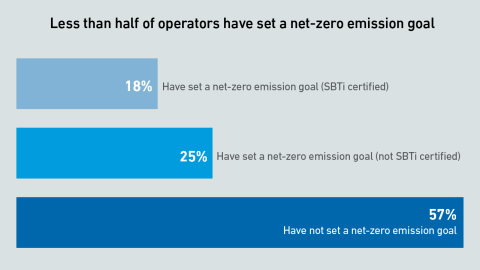

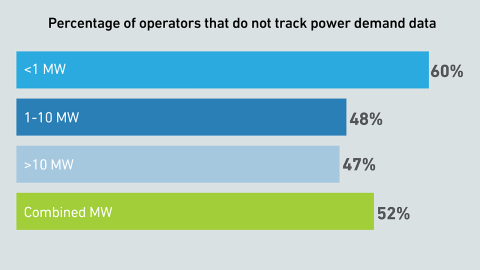

 Dr. Tomas Rahkonen
Dr. Tomas Rahkonen

 Daniel Bizo
Daniel Bizo
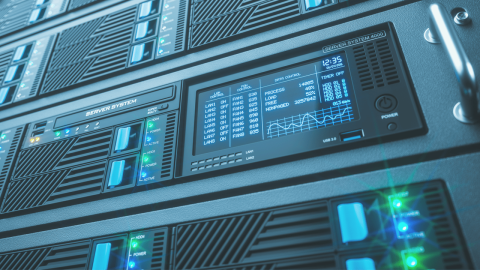
 Jabari Williams-George
Jabari Williams-George
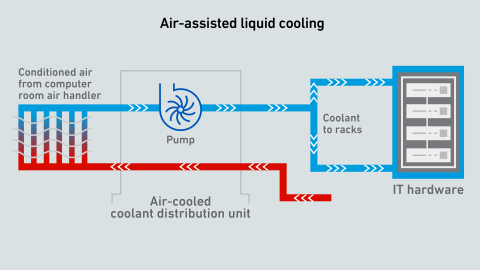
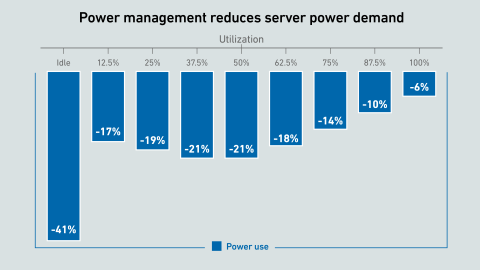
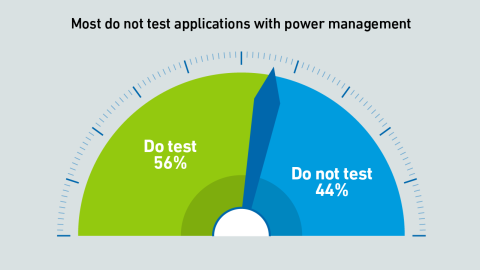
 Andy Lawrence
Andy Lawrence
